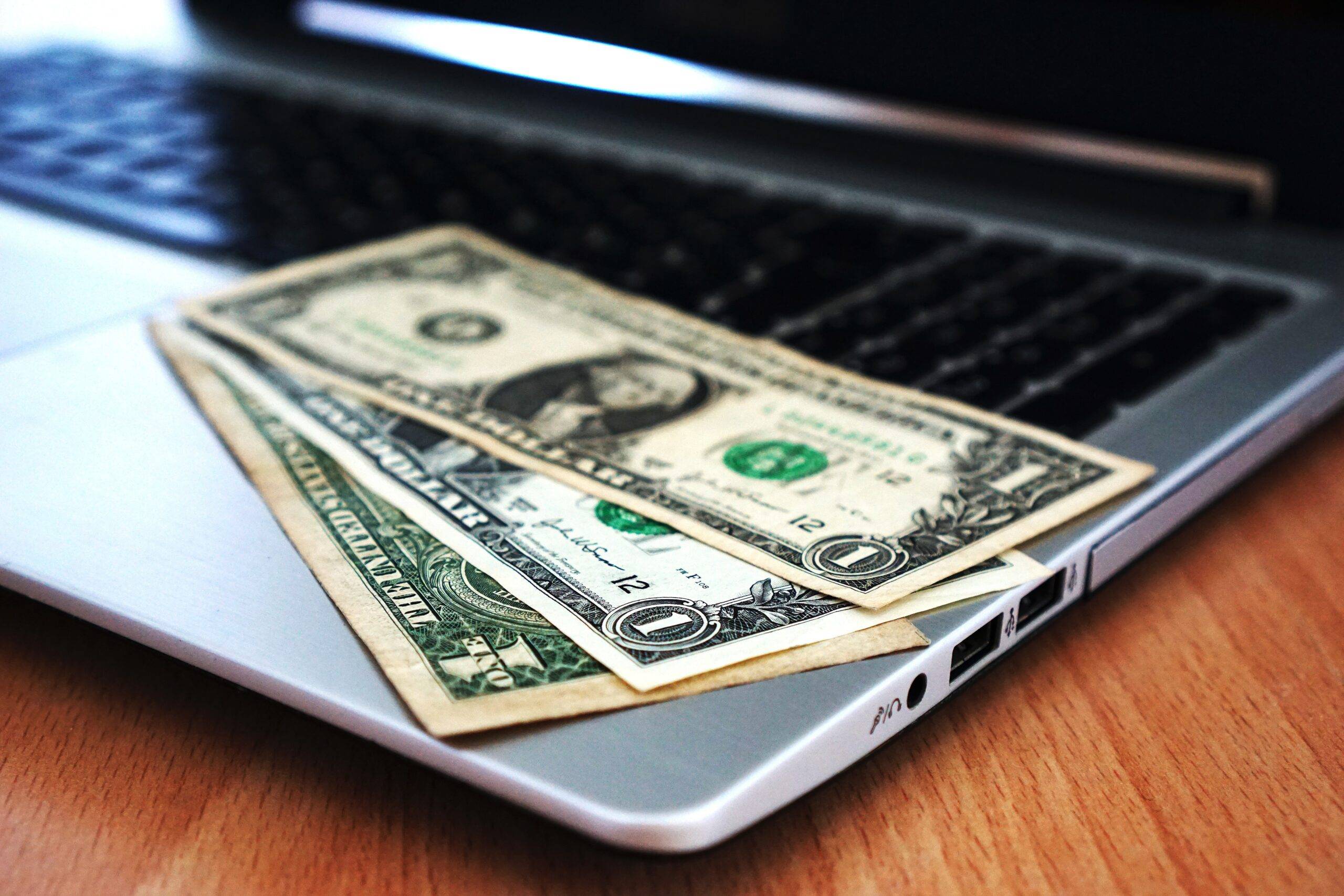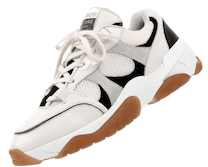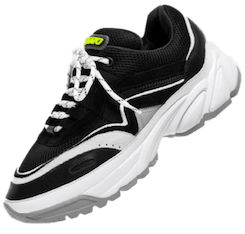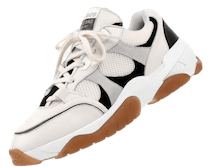Maazah: From Farmers’ Markets to Kroger Shelves
We’ve all heard the phrase, “You gotta be in it to win it,” which has long been associated with the New York Lottery and is often credited to Bob Brown, who hosted Lotto drawings for years.
Well, the phrase is just as true for RangeMe’s retailer summits and sourcing campaigns. There are dozens held throughout the year across various categories and themes (such as sustainability and supplier diversity) and RangeMe Premium members have the opportunity to participate by submitting their products via a special link.
This is just what startup brand Maazah did for Kroger’s 2021 Go Fresh & Local Supplier Accelerator. Following a several-stage selection process on RangeMe, virtual meetings on ECRM Connect, and an in-person pitch at Kroger HQ, Maazah became one of five brands selected to receive product placement, marketing assistance and education.
Like I said, you gotta be in it to win it.
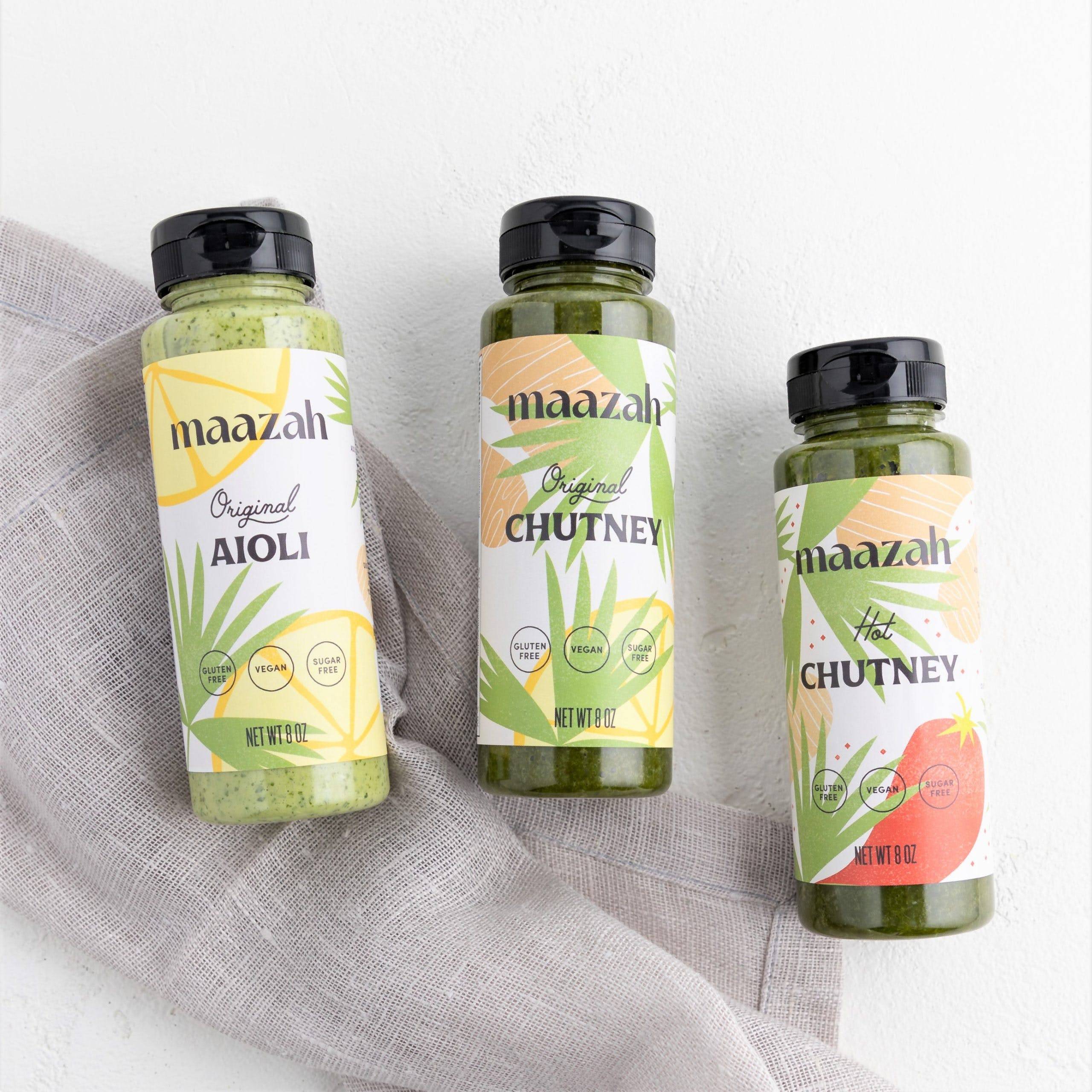
It all started in the kitchen
Maazah’s story begins in the kitchen. CEO & Co-Founder Yasameen Sajady and her sisters come from a big Afghan family that immigrated to the U.S., and they often worked together preparing meals. One day her mom added fresh ginger to her already delicious cilantro, vinegar, and lemon …



